![]() 15 Dec 2023
15 Dec 2023
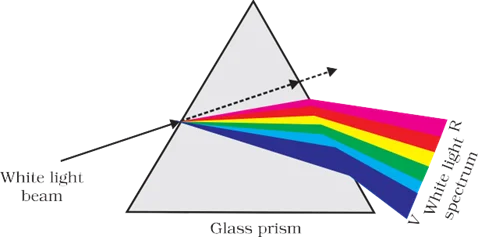
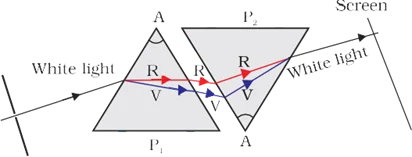
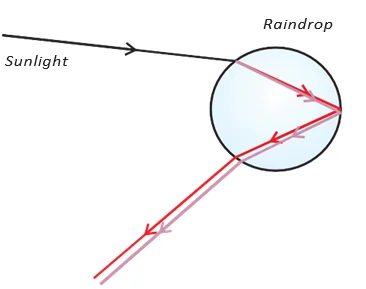

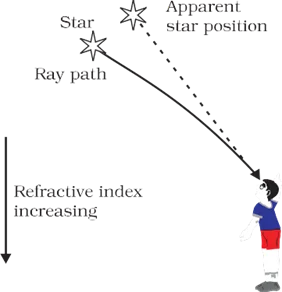
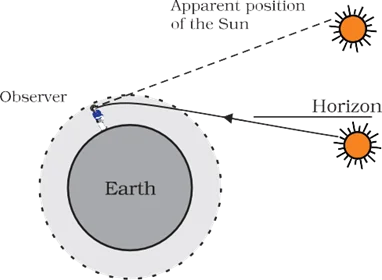
Light Phenomena: Exploring the Tyndall Effect in the Scattering Symphony of Earth’s Atmosphere
|
Light Phenomena: Exploring the Science Behind the Blue Hue of the Clear Sky
|
|---|
Conclusion
In conclusion, the exploration of various optical wonders, from the dispersion of light through prisms to the twinkling of stars and the Tyndall effect, unveils the captivating realm of Light Phenomena. These phenomena, whether observed in the sky, within Earth’s atmosphere, or through intricate scattering processes, showcase the fascinating interplay of light with our surroundings, revealing the beauty and complexity of the world of optics.
<div class="new-fform">
</div>